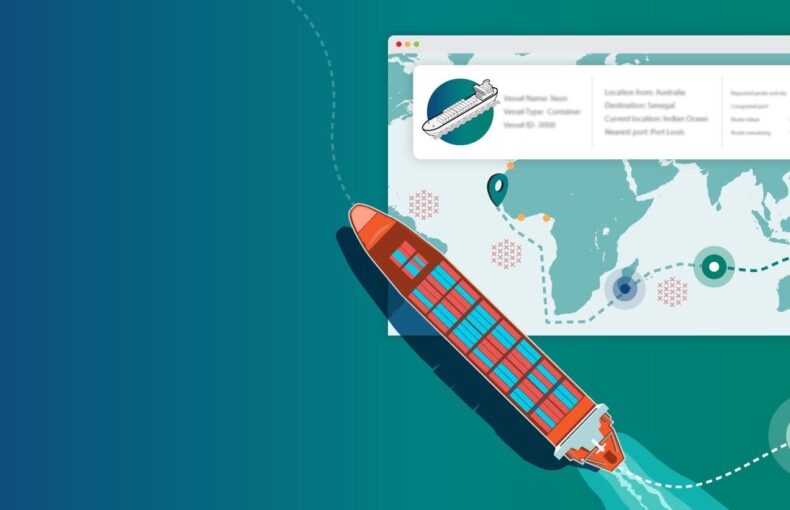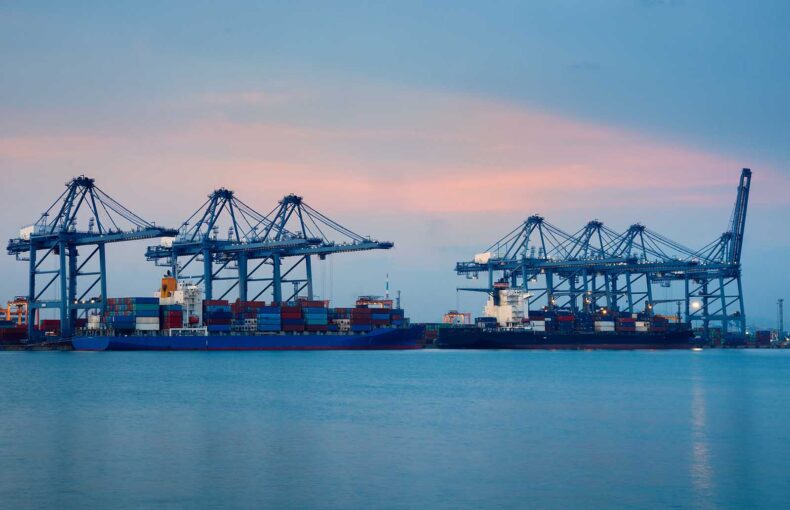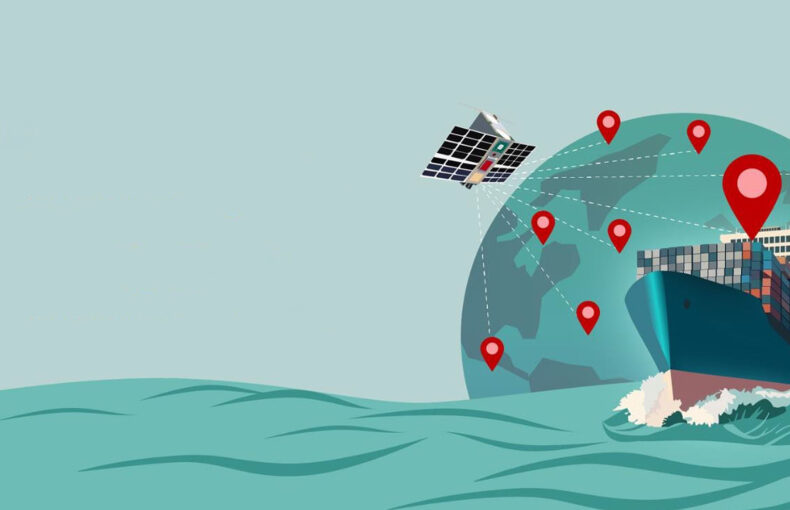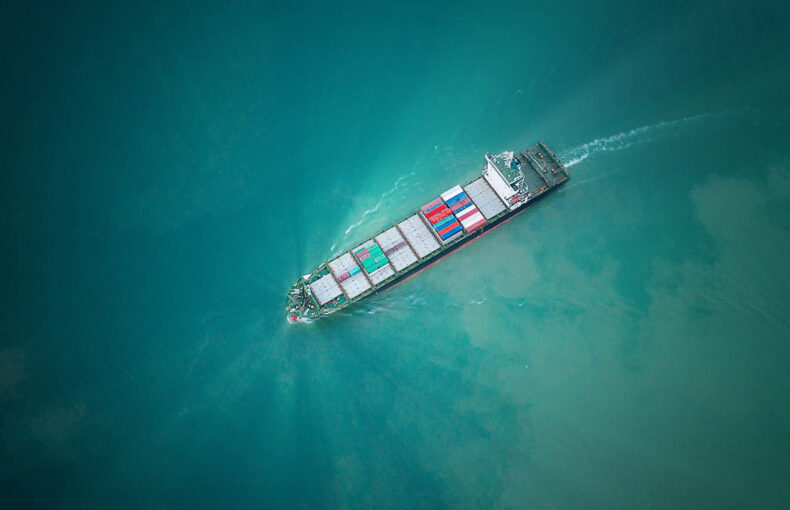Port of Yantian: Covid-19 Surge Leads to Lockdown & Supply Chain Disruption
China has issued a lockdown for its tech hub Shenzhen, known as China’s Silicon Valley, after a surge in COVID-19 cases.
The decision to move Shenzhen into lockdown came after mainland China reported almost 3,400 new cases of COVID-19 on Sunday. With the lockdown expected to last until 20 March, Shenzhen’s 17 million residents have been urged to stay home and will undergo three rounds of testing. Under the lockdown, public transport has been temporarily shut down along with non-essential businesses, including some large manufacturers.
Where is my iPhone?
As Shenzhen is home to Yantian, the world’s third-largest port, that processes most of China’s electronic shipments, many are wondering how supply chains will be impacted. From car manufacturers to electronic devices, many companies rely on the port city as a major tech and manufacturing hub. Apple supplier FoxConn Technology Group, halted production at its Shenzhen’s factories, and has been arranging backup plants to minimize disruption to production and shipments.
Potential Disruption Twice The Size of Last Year’s Suez Block
According to reports, over the past few days, calls at Yantian have had to be pulled. Analyst Lars Jensen, of Vespucci Maritime, said: “It should be kept in mind that when Yantian was shut down due to Covid last year, the disruptive impact on cargo flows was roughly twice the size of the blockage of the Suez Canal.”
Using Spire AIS data, our Sales Engineering Manager Shanu Suman took a look into vessel activity to see how the lockdown has had effect. Since the lockdown, you can see a clear decline in the number of vessels in the Shenzhen area:
Daily count of AIS messages
Daily count of unique vessels detected
You can also see a decline in the number of vessels making calls:
Daily count of unique vessels making calls
(arriving/leaving the ports/anchorages/terminals)
Daily count of unique vessels making port calls
(arriving/leaving the ports)
 Written by
Written by


